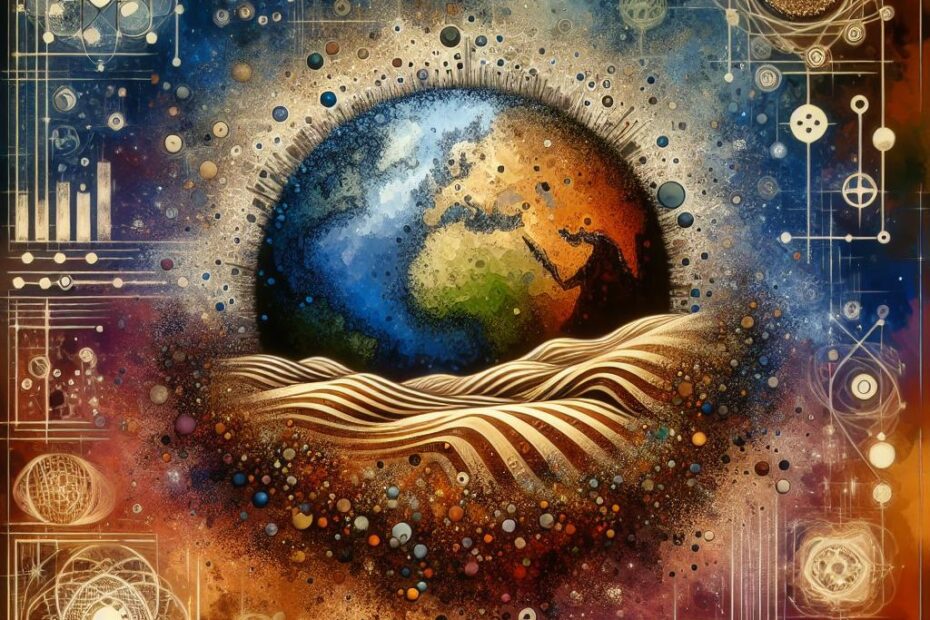Title: Is Soil an Element, Compound, or Mixture? Understanding the Nature of Soil
Introduction:
Soil is essential for the growth of plants and sustenance of life on Earth. But have you ever wondered what exactly soil is composed of? Is it an element, a compound, or a mixture? In this article, we will delve into the composition of soil to understand its nature and importance in agriculture, ecology, and the environment. By the end of this read, you will have a clear understanding of whether soil is an element, a compound, or a mixture.
What is Soil?
Soil is the top layer of the Earth’s surface that serves as a medium for plant growth. It is made up of a complex combination of organic and inorganic materials, including minerals, water, air, organic matter, and microorganisms. Soil also contains essential nutrients that plants need to thrive, such as nitrogen, phosphorus, potassium, and many others.
Is Soil an Element?
An element is a pure substance that cannot be broken down into simpler substances by chemical means. Soil is not an element because it is made up of a combination of different elements, such as oxygen, silicon, aluminum, iron, calcium, and many others. These elements combine to form compounds and mixtures within the soil.
Is Soil a Compound?
A compound is a substance composed of two or more elements that are chemically bonded together in fixed proportions. While soil contains compounds like minerals and organic matter, it is not considered a compound itself. Soil is a mixture of various compounds, elements, and organic materials that interact with each other to create a suitable environment for plant growth.
Is Soil a Mixture?
A mixture is a combination of two or more substances that are physically blended together without forming new chemical bonds. Soil is classified as a heterogeneous mixture due to its diverse composition of minerals, organic matter, air, and water. The interactions between these components determine the properties of soil, such as fertility, texture, and pH levels.
Composition of Soil Components:
- Minerals: Inorganic particles derived from rocks and minerals that provide structure and nutrients to soil.
- Organic Matter: Decomposed plant and animal materials that enrich soil fertility and microbial activity.
- Water: Essential for nutrient transport, chemical reactions, and plant hydration in soil.
- Air: Oxygen and carbon dioxide levels in the soil impact plant root respiration and microbial activity.
- Microorganisms: Bacteria, fungi, and other organisms that support nutrient cycling and soil health.
Benefits of Healthy Soil:
- Sustaining plant growth and productivity.
- Improving water retention and drainage.
- Enhancing nutrient availability for plants.
- Supporting diverse microbial communities.
- Mitigating soil erosion and pollution.
Practical Tips for Soil Conservation:
- Practice crop rotation and cover cropping to maintain soil fertility.
- Limit tilling and soil disturbance to reduce erosion and compaction.
- Implement organic farming practices to enhance soil health and biodiversity.
- Mulch and compost organic materials to improve soil structure and moisture retention.
- Monitor soil pH, nutrient levels, and microbial activity for optimal plant growth.
Conclusion:
In conclusion, soil is not an element or a compound but a complex mixture of inorganic and organic materials that support plant growth and ecosystem dynamics. Understanding the composition and properties of soil is crucial for sustainable agriculture, environmental conservation, and ecosystem health. By adopting soil conservation practices and promoting soil health, we can ensure the long-term productivity and resilience of our soils for future generations.
Whether you are a farmer, gardener, or environmental enthusiast, remember that soil is a precious resource that deserves our attention and care. Let’s work together to protect and nurture the foundation of life beneath our feet – the wonderful world of soil.
